
Duaa Eldeib, a reporter for ProPublica, shared the story behind her heartbreaking, high-impact series on "Stillbirths" in her address to the Center for Health Journalism's 2024 National Fellowship.

Duaa Eldeib, a reporter for ProPublica, shared the story behind her heartbreaking, high-impact series on "Stillbirths" in her address to the Center for Health Journalism's 2024 National Fellowship.
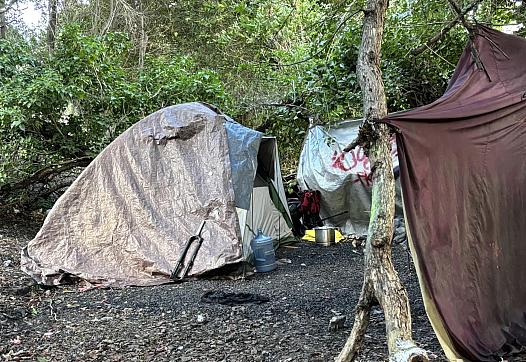
An encounter with a homeless man spurs a reporter to explore the links between PTSD and homelessness, highlighting the importance of trauma-informed reporting and community connections.
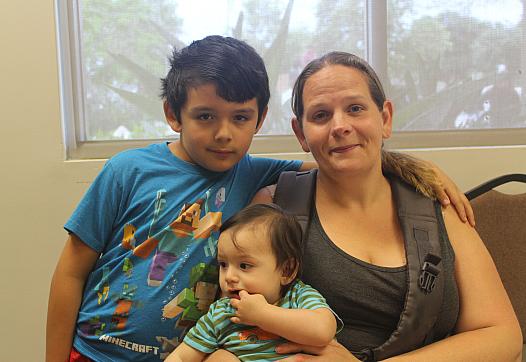
When parents must choose between food and diapers, children's well-being suffers. The problem still doesn’t get the attention it deserves.
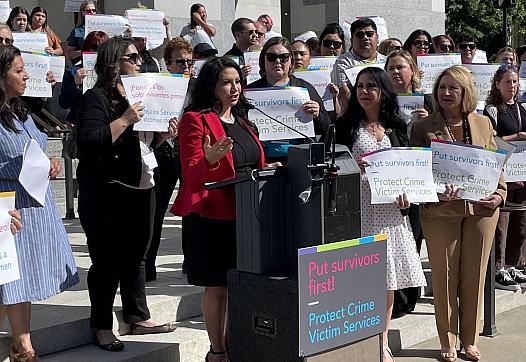
Domestic violence is an overlooked driver of homelessness among women in California. A journalist recounts her experience interviewing survivors, who sought to share their stories in an effort to reclaim control and heal from trauma.

A reporter shares how she investigated the unregulated state of the kratom industry and the hundreds who have died while taking the Southeast Asian herb.
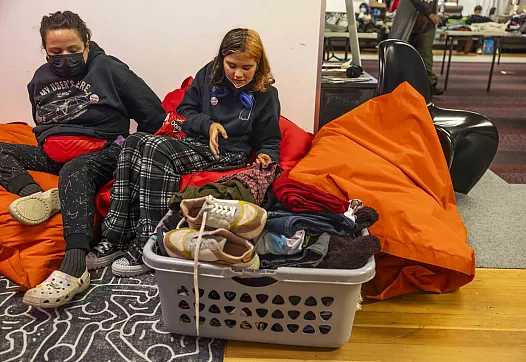
"There are instances where we might prioritize the perspective of an under-covered community to build back trust," writes health reporter Elise Takahama. "This was one of them."

To investigate how the police intervened in mental health crisis in Puerto Rico, a reporting team creates its own database using police use-of-force reports.
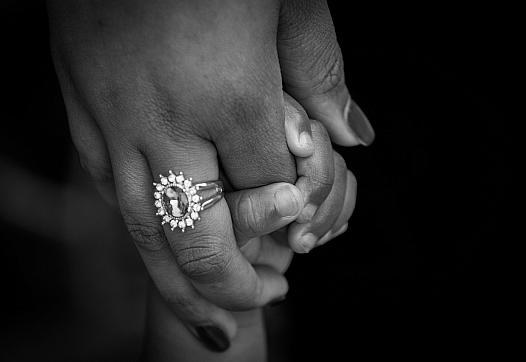
A reporter investigates the high Black infant mortality rate in Washington, D.C., highlighting community voices and the need for action.

Journalists better serve communities by remembering that people trust us not only to be their eyes and ears, but also to share their words and experiences with care and respect.